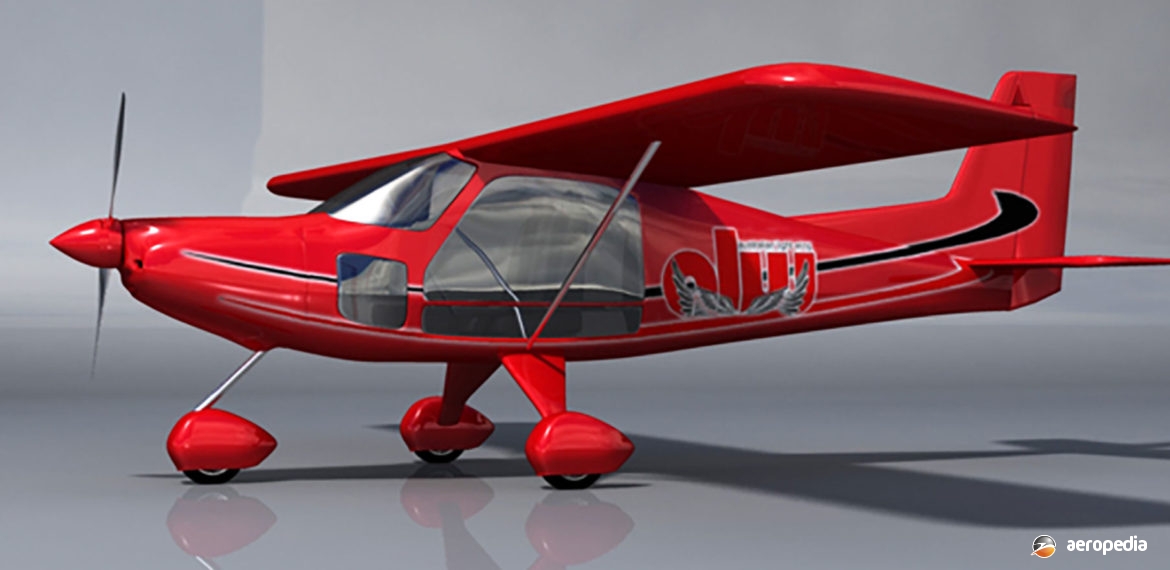Photograph:
Artist’s impression of the Australian Lightwing Tapis (Australian Lightwing)
Country of origin:
Australia
Description:
Two-seat light sport aircraft
Power Plant:
One 75 kw (100 hp) Rotax 912ULS four-cylinder four-stroke horizontally-opposed air-and-liquid-cooled engine
Specifications:
- Wingspan: 8 m (26 ft 7 in)
- Length: 6.5 m (21 ft 6 in)
- Wing area: 11.6 m² (124.86 sq ft)
- Cruising speed: 213 km/h (132 mph)
- Stalling speed: 74 km/h (46 mph)
- Rate of climb: 213 m/min (700 ft/min)
- Fuel capacity: 118 litres (25.9 Imp gals)
- Take-off run to clear 15 m (50 object): 500 m (1,500 ft)
- Endurance: 5 hours
- Range: 926 km 575 miles
- Empty weight: 398 kg (870 lb)
- Useful load: 202 kg (451 lb)
- Loaded weight: 600 kg (1,322 lb)
History:
The Tapis was designed by Australian Lightwing of Ballina, NSW, as a new variant of the SP [Speed] series with a high-wing configuration rather than low-wing, and entered production in kit form and fully completed form during 2012. It had cabin dimensions of 1.5 m (4 ft 9 in) wide and 1.01 m (3 ft 3 in) high. It was aimed at the touring market and could be powered by a 134 kw (180 hp) Superior IO-360 engine, the Rotax 912ULS, or the then newly developed Metal Work (MW) range of engines produced in Italy, these being geared-drive units with power ranging from 60 kw (80 hp) to 97 kw (130 hp). The highest powered unit in the Metal Work range was the 97 kw (130 hp) four-cylinder horizontally-opposed unit of 2000 cc driving a variable pitch propeller.
The wings were of metal construction with some fabric covering, the control surfaces being fabric covered and mass-balanced. The elevator had a pushrod action, the rudder being cable operated. The three-stage flaps were mechanically operated. Entry was by two doors, one on each side, and instrumentation was contained in a glass cockpit with an LCD screen, the hard drive for which had charts of all of Australia.

